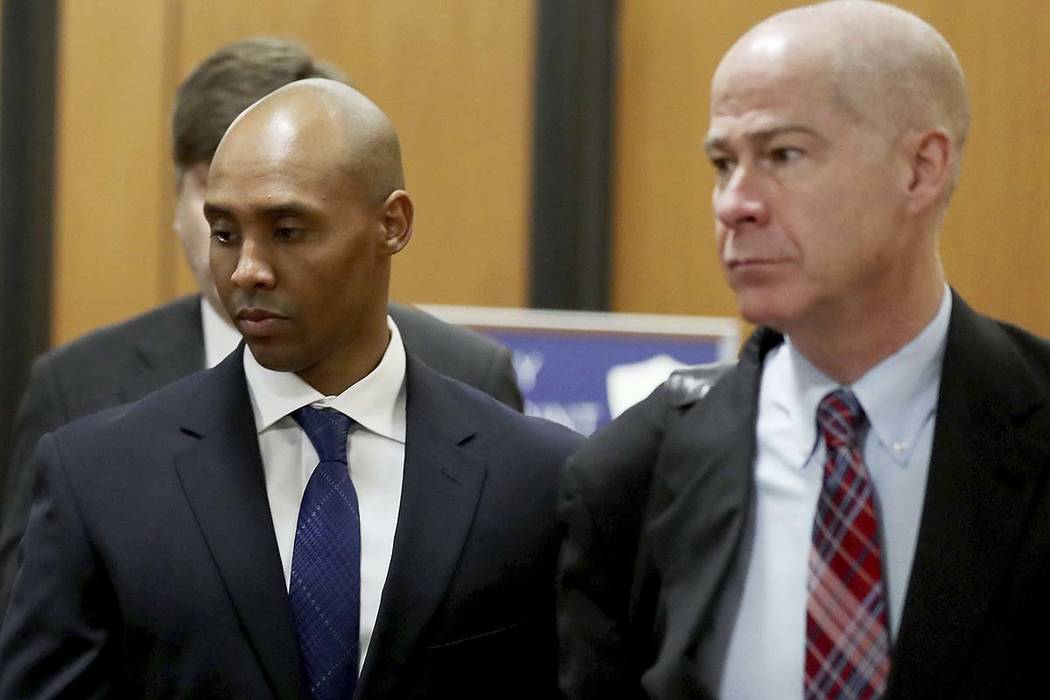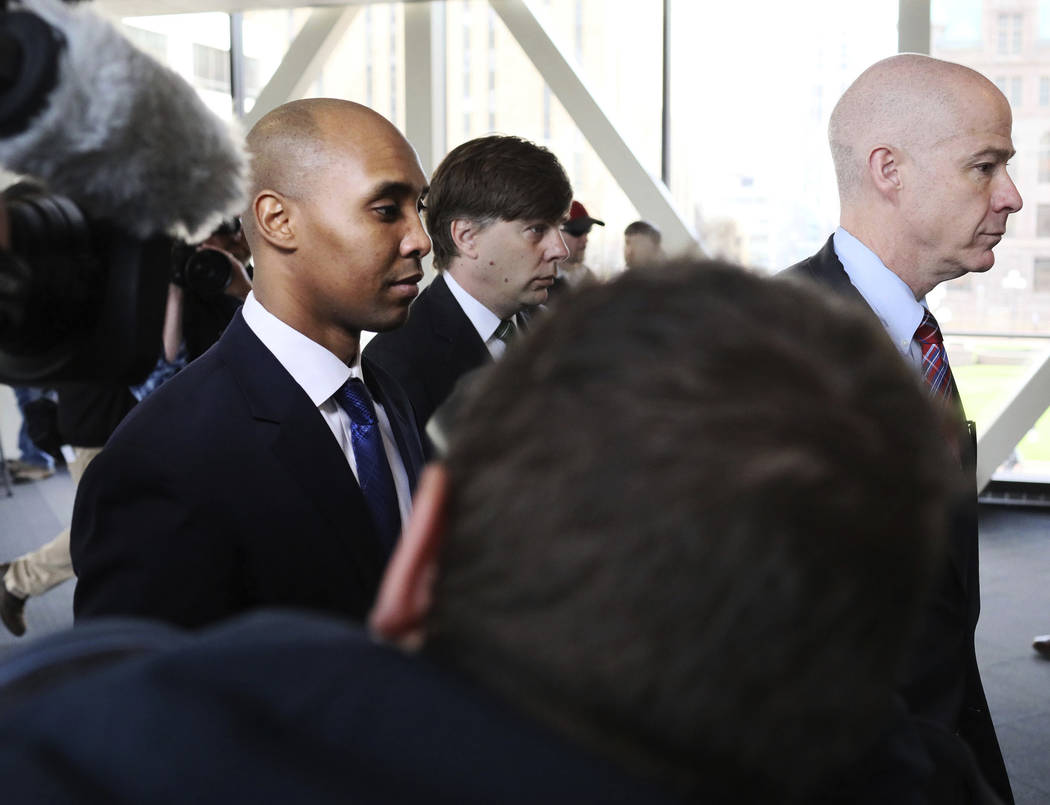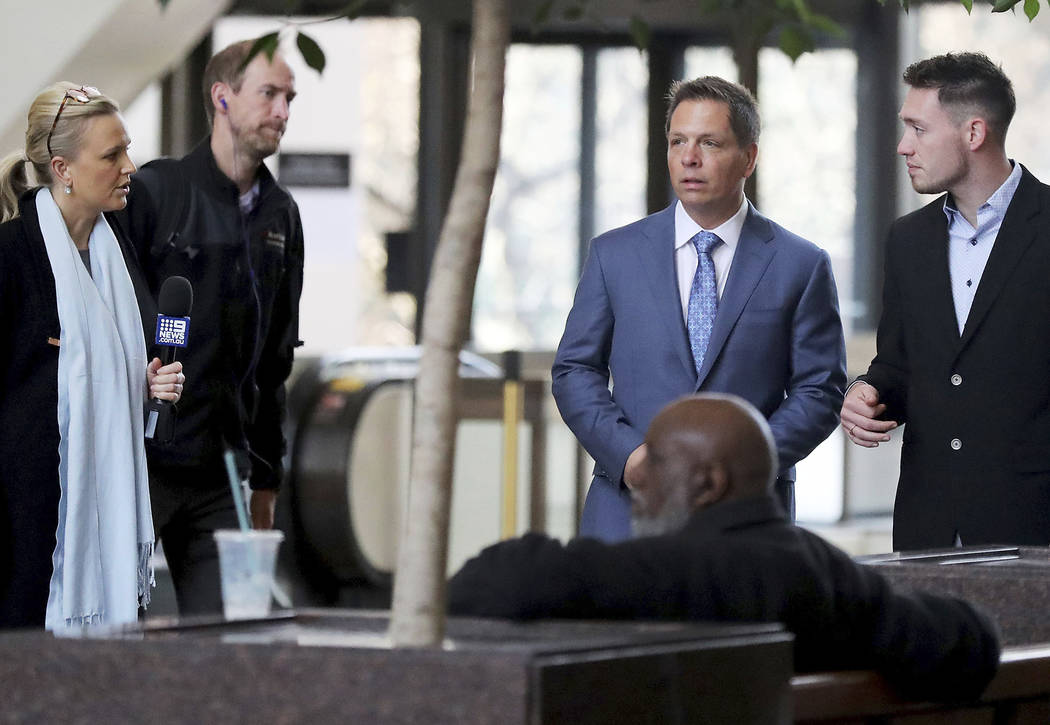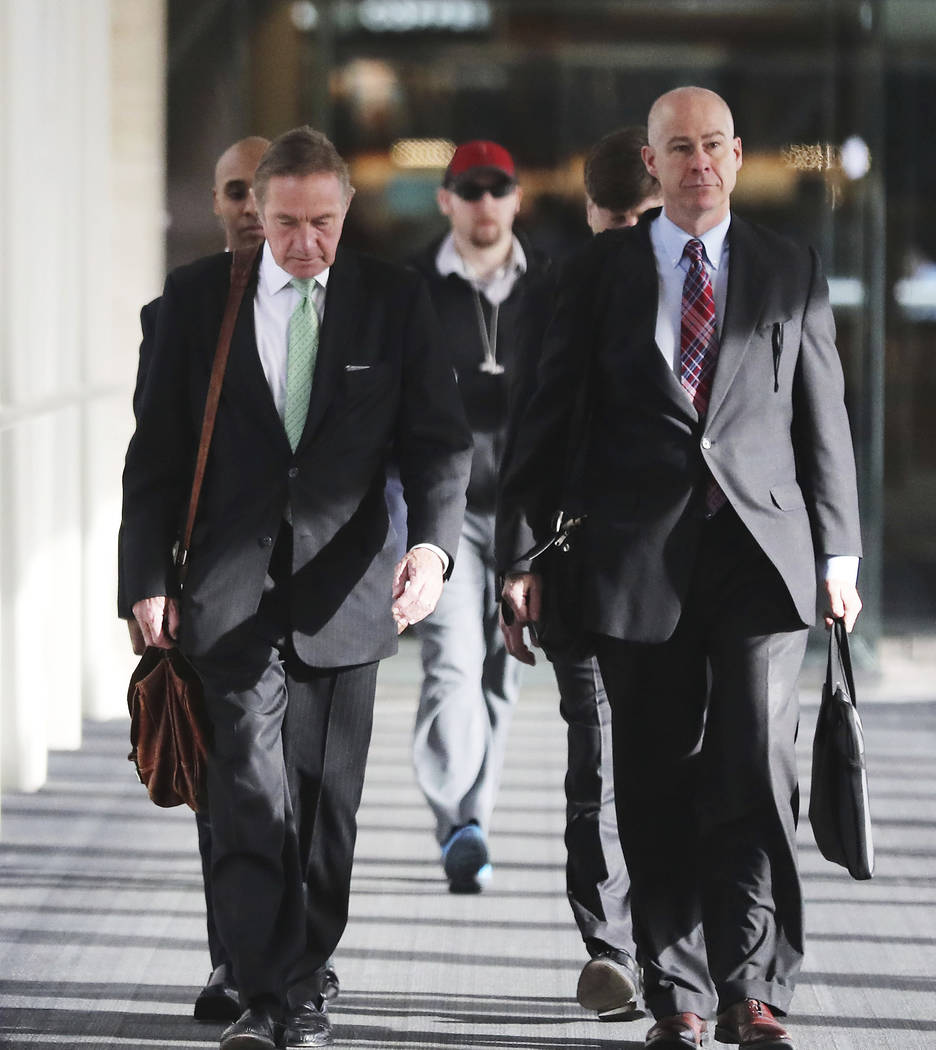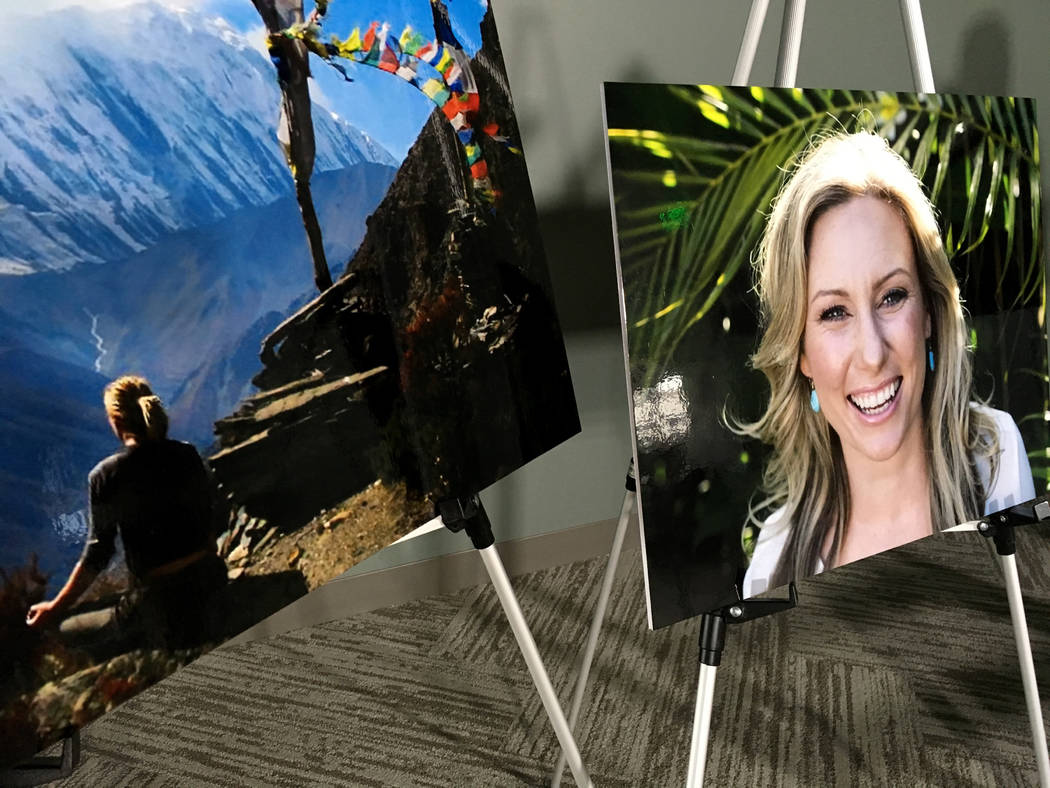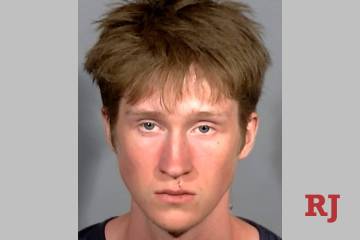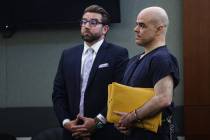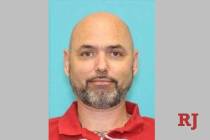Lawyer: ‘Perfect storm’ led to unarmed Minnesota woman’s death
MINNEAPOLIS — A Minneapolis police officer who shot and killed an unarmed woman as she approached his squad car after calling 911 to report a possible crime was reacting to a loud noise and feared an ambush, his attorney said Tuesday, calling it “a perfect storm with tragic consequences.”
Mohamed Noor, charged with murder and manslaughter in the 2017 death of Justine Ruszczyk Damond, and his partner were rolling down a dark alley in response to Damond’s 911 calls about a possible sexual assault when a bicyclist appeared in front of them and they heard “a bang,” defense attorney Peter Wold said in his opening statement at Noor’s trial.
“It is the next split second that this case is all about,” Wold said.
Noor fired a single shot, killing Damond, a 40-year-old dual citizen of the U.S. and Australia whose death rocked both countries and led to changes in the Minneapolis Police Department. The shooting came just two weeks after an officer in New York was ambushed and killed in a parked vehicle.
Attorneys for Noor, who was fired after being charged in the case and has never talked to investigators about what happened, argue that he used reasonable force to defend himself and his partner from a perceived threat. But prosecutors say there is no evidence he faced a threat that justified deadly force
Prosecutor Patrick Lofton, in his opening statement, questioned a statement from Noor’s partner, Matthew Harrity, that he heard a thump right before the shooting. Lofton said Harrity never said anything at the scene about such a noise, instead mentioning it for the first time some days later in an interview with investigators.
Lofton also said investigators found no forensic evidence to show that Damond had touched the squad car before she was shot, an assertion that seemed aimed at the possibility that she had slapped or hit it upon approaching the officers.
Lofton also wondered why other officers responding to the scene didn’t consistently have their cameras switched on. The officers did not turn on their body cameras until after the shooting, and there was no squad car video. Lofton noted that a sergeant taking statements had her camera on when she talked to Harrity, but off when she talked to Noor.
“We’ll never hear what Noor said,” he said.
Tuesday’s opening statements came after six days of jury selection for Noor. Damond was a life coach who had been engaged to be married in just a month’s time. Noor, 33, is a Somali American whose arrival on the force just a couple of years earlier had been trumpeted by city leaders working to diversify the police force.
Damond called 911 twice, then called her fiance and hung up when police arrived, Lofton said. One minute and 19 seconds later, Damond was cradling a gunshot wound to her abdomen and saying, “I’m dying,” Lofton added.
Minnesota law allows police officers to use deadly force to protect themselves or their partners from death or great bodily harm. Prosecutors charged Noor with second-degree intentional murder, third-degree murder and second-degree manslaughter.
Earlier Tuesday, Hennepin County District Judge Kathryn Quaintance relented on restrictions that would have prevented the public and media from viewing video evidence introduced in the case. That’s expected to include body-camera video that shows efforts to save Damond. Quaintance had cited a desire to protect Damond’s privacy, but a coalition of media groups including The Associated Press had challenged the ban.
“The court, like the jury, must follow the law — even if I disagree with it,” said Quaintance.
Noor’s attorneys haven’t said whether he will testify. If he does, prosecutors may be able to introduce some evidence that the defense wanted to keep out of the state’s case, including that he has refused to talk to investigators. They also could bring up a 2015 psychological test that showed Noor disliked being around people and had difficulty confronting others. Despite that test, a psychiatrist found him fit to be a cadet officer.
The shooting raised questions about Noor’s training . The police chief defended Noor’s training, but the chief was forced to resign days later. The shooting also led to changes in the department’s policy on use of body cameras.
———
Follow Amy Forliti on Twitter: http://www.twitter.com/amyforliti
———
Check out the AP’s complete coverage of Mohamed Noor’s trial.



